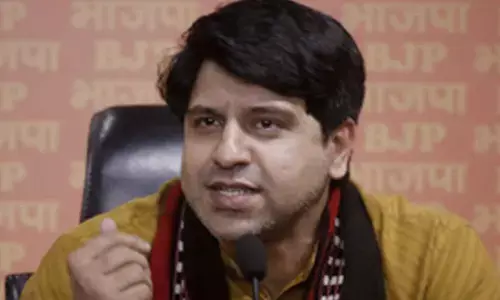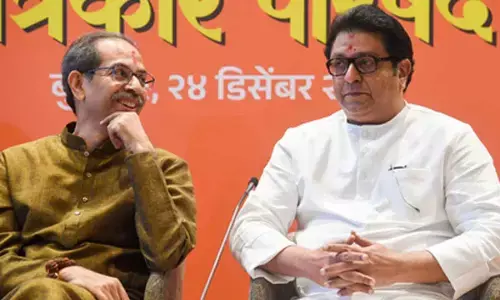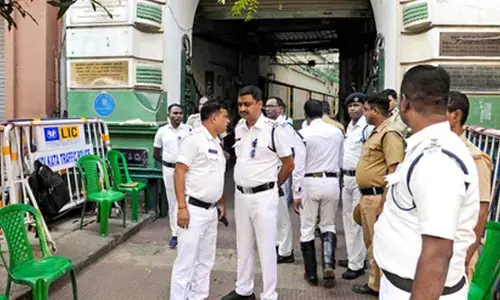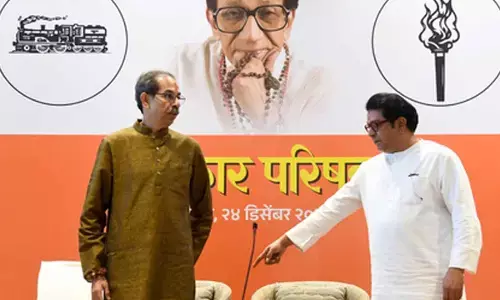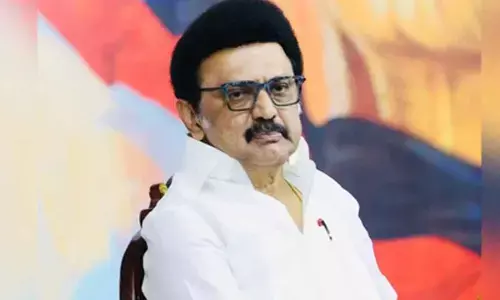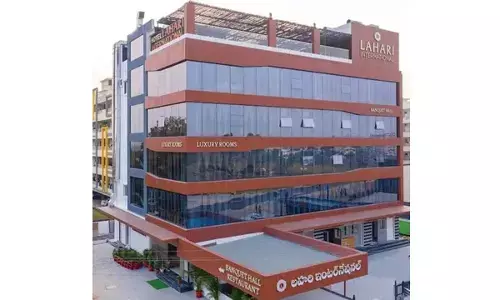Will Agnipath scheme be a game changer?

In the context of the deteriorating employment situation in the country and the decreasing opportunities in the private sector, the already sought after government jobs have become that much more attractive.
In the context of the deteriorating employment situation in the country and the decreasing opportunities in the private sector, the already sought after government jobs have become that much more attractive. The government of India, (GoI) recently launched a recruitment scheme called Agnipath for the Indian youth (aged 17.5 to 21 years, since extended to 23 years) to serve in the Armed Forces. Those selected will be known as Agniveers and serve for four years.
According to the government, the scheme will provide a youthful profile to the Armed Forces, while affording an opportunity to those who are keen to join the military and are in tune with contemporary technological trends. The scheme is expected to infuse fresh enthusiasm and vigour into the Armed Forces and facilitate them to become more tech savvy. During the period of service, the recruits will be imparted military skills, and taught the importance of discipline, physical fitness, leadership qualities, courage and patriotism.
The government expects that the highly inspired and disciplined youth with diligence, focus, and specialised skills will, after their military stint as Agniveers, contribute in other sectors, including the defence services, if continued in the military.
The emoluments are attractive and allowances will be provided as in the three Armed Forces. On completion of four years, a onetime, tax free, 'Seva Nidhi' package will be provided, comprising the contribution of the individuals, and including the interest accrued thereon, with a matching contribution from the Government. A non-contributory life Insurance cover of Rs. 48 lakh will also be available.
The Agniveers will, upon completion of four years, be offered an opportunity to apply for permanent enrolment and, if selected, can be required to serve for a further engagement period of minimum 15 years. The selection will be centralised and based on objective criteria, including performance, and up to 25 per cent of each specific batch can expect to be enrolled in the regular cadre of the Armed Forces. Selection will be the exclusive jurisdiction of the Armed Forces and enrolment will be based on an 'All India All Class' basis. Applicants will need to meet medical eligibility conditions.
The Agnipath scheme is being projected by the government as a major overhaul of the selection process. In some quarters the scheme is being compared with the process of conscription that is prevalent in some countries such as Israel, Norway, Korea and Sweden. It is necessary to understand that the Agnipath scheme is quite different.
The country, and the Armed Forces will undoubtedly benefit from the scheme. But the basic idea appears to be, apart from creating employment opportunities, benefitting the youth by imbuing them with the values of discipline, patriotism, physical fitness, mental toughness and courage.
While it is easy to understand the inspiration behind, or the justification for, the 'Agnipath' adventure, there are many who feel that it is not only unnecessary but also fraught with dangerous implications for the future, especially for the defence of the country.
That the Armed Forces need to fill vacant positions in order to strengthen their ability to defend the country is beyond dispute. But, why this temporary, and unusual, method of recruitment is being resorted to is difficult to understand. The present recruitment policy can as well continue with greater speed and the intake undertaken in larger numbers.
Regiments such as the Gorkha, the Dogra, the Jat and the Sikh were originally based on the concept of martial races being inducted into the army as they were considered suitable for military service on account of their background and bringing up. The Maratha and Madras were regiments based on regional considerations. Some observers feel uncomfortable with the idea of doing away with the system of regiments in the army.
The attempt to do away with the sense of identity, and belonging, based on ethnic, regional and language considerations that the idea of regiments was conceived, they feel, may deprive the Army of the value of decades of the carefully nurtured sense of belonging and compactness.
In the other two services, namely the Air Force and the Navy, no such specific arrangements are in place. Firstly, those services are relatively small in size and the functions and responsibilities entrusted to them are quite different from those pertaining to the Indian Army. In any case, in the Army, close to 70 per cent of the strength is not based on the principle of regiments being raised on such grounds.
The extant processes of recruitment and training, have, observers point out, stood the test of time and are regarded with respect worldwide. Like the land revenue system, and the criminal and civil justice systems, the manner in which some regiments of the Army have been conceived is a valuable legacy from the British times, not to be viewed in the same light as other undesirable practices otherwise followed by our colonial masters.
Joining the Armed Forces has been always seen as a game changer in the fortunes of the youth offering, as it does, the hope of a better, and, secure, future, financially and professionally. Aspirants usually prepare for 3-4 years for the examination and go through rigorous physical training in the hope of meeting the requirements. The career is seen, not just as any other alternative but as a dream come true.
It is this hope, of security in military service, nourished by the youth, that is denied by the Agnipath scheme. Of significance, in this context, is the fact, brought to my notice by a senior retired colleague of mine, that the number of ex-servicemen provided employment, as against those seeking it, in large states such as Uttar Pradesh, Bihar, Punjab, Haryana and Rajasthan varies from .01 to 2.6. It is doubtful whether anyone can call this an encouraging sign for those seeking to be Agniveers.
(The writer is former Chief Secretary, Government of Andhra Pradesh) (The opinions expressed in this column are that of the writer. The facts and opinions expressed here do not reflect the views of The Hans India)








